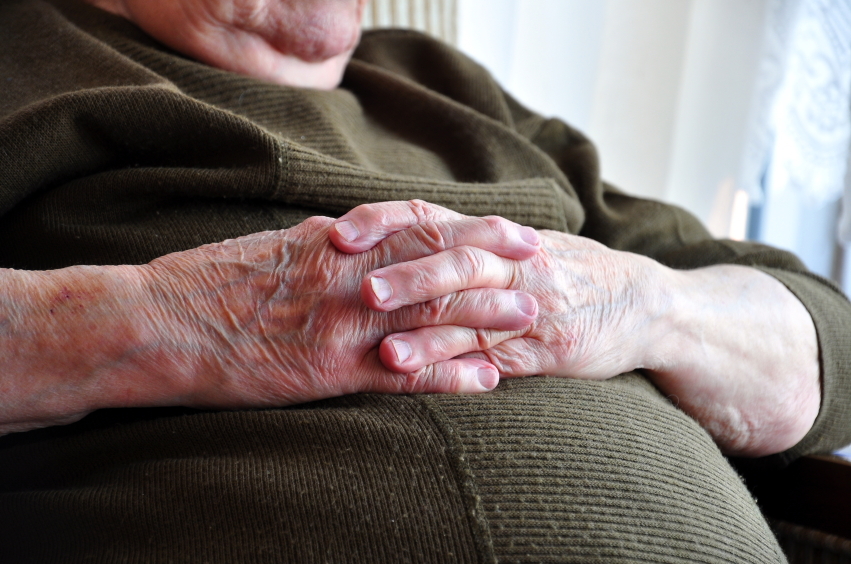
Over a period of 40 years from 1975 to 2014 the number of men and women in the world classified as obese soared from 105 million to 641 million, research shows.
With each passing decade, the average person had become 1.5kg (3.3 pounds) heavier.
If this trend continues, 18% of men and 21% of women worldwide will be obese by the year 2025, scientists predict. More than 6% of men and 9% of women will be severely obese and putting their health at risk.
The clinical definition of obese is a Body Mass Index (BMI), a measurement that relates weight and height, of 30 kilograms per metre squared (kg/m2).
The new analysis of BMI trends, published in The Lancet medical journal, shows that since the 1970s average BMI around the world increased from 21.7 to 24.2.
The higher figure is just below the BMI threshold of 25 where a person is considered to be “overweight”.
In 2014 China had the largest number of obese people in the world – 43.2 million men and 46.4 million women. Chinese men accounted for 16.3% of global obesity and women 12.4%.
Next in the obesity league table was the US, with 41.7 million men and 46.1 million women. They accounted for 15.7% and 12.3% of the world’s obese individuals respectively.
UK men, 6.8 million of whom were obese in 2014, took eighth place in the table while British obese women who numbered 7.7 million ranked 11th.
The UK had the third highest average BMI in Europe for women (27kg/m2) and the 10th highest for men (24.4kg/m2).
Men in the Republic of Ireland, Cyprus and Malta had the highest average male BMI in Europe, 27.8 kg/m2.
Professor Majid Ezzati, from Imperial College London, who led the research based on pooled data from almost 1,700 population studies and 186 countries, said: “Over the past 40 years, we have changed from a world in which underweight prevalence was more than double that of obesity, to one in which more people are obese than underweight.
“If present trends continue, not only will the world not meet the obesity target of halting the rise in the prevalence of obesity at its 2010 level by 2025, but more women will be severely obese than underweight by 2025.
“To avoid an epidemic of severe obesity, new policies that can slow down and stop the worldwide increase in body weight must be implemented quickly and rigorously evaluated, including smart food policies and improved health-care training.”
Despite the trend, excessively low body weight remained a serious public health issue in the world’s poorest regions, the study authors pointed out.
In southern Asia, almost a quarter of the population were still underweight, and in central and east Africa more than 15% of men and 12% of women weighed too little.
Writing in the journal, Professor George Davey Smith from the School of Social and Community Medicine at the University of Bristol, stressed the importance of not letting obesity divert attention away from poor nutrition.
“A focus on obesity at the expense of recognition of the substantial remaining burden of under-nutrition threatens to divert resources away from disorders that affect the poor to those that are more likely to affect the wealthier in low income countries,” he warned.
READ MORE
Tax on sugary drinks could prevent 3.7 million obesity cases in a decade, according to new report
Takeaway food and alcohol causing pet obesity crisis

Enjoy the convenience of having The Sunday Post delivered as a digital ePaper straight to your smartphone, tablet or computer.
Subscribe for only £5.49 a month and enjoy all the benefits of the printed paper as a digital replica.
Subscribe